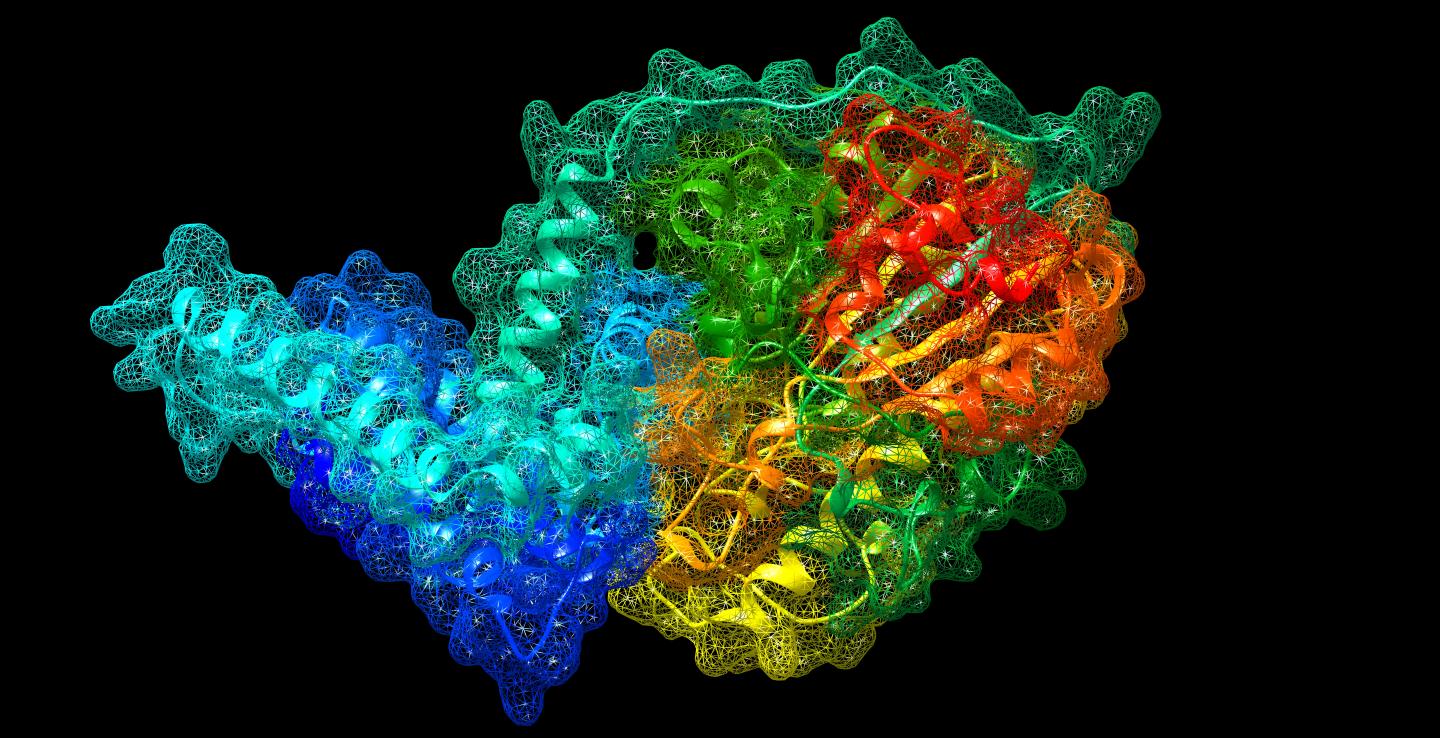
Credit: Ahmed Gaballa, Cornell University
ITHACA, N.Y. – While sifting through the bacterial genome of salmonella, Cornell University food scientists discovered mcr-9, a new stealthy, jumping gene so diabolical and robust that it resists one of the world’s few last-resort antibiotics.
Doctors deploy the antibiotic colistin when all other infection-fighting options are exhausted. But resistance to colistin has emerged around the globe, threatening its efficacy.
“This last-resort antibiotic has been designated a highest-priority antibiotic by the United Nations’ World Health Organization, and the mcr-9 gene causes bacteria to resist it,” said Martin Wiedmann, food safety professor and senior author on the study, published May 7 in the journal mBio. “In treatments, if colistin does not work, it literally could mean death for patients. If colistin resistance spreads, a lot of people will die.”
Co-lead author Laura Carroll, a computational biologist and Cornell doctoral candidate, found mcr-9 in the genome of a strain of foodborne pathogen salmonella.
Mcr-9 is the latest in this new series of “mobilized colistin-resistance” genes – originally discovered in 2015. The National Center for Biotechnology Information, part of the National Institutes of Health, has added details about this new gene to its database. Medical professionals and others can now use this information to identify mcr-9 in bacteria isolated from food products and people.
Details about mcr-9 in national and international databases enable scientists to develop better prevention and treatment, explained Wiedmann. “This improves our ability to get an early warning,” he said.
Bacteria isolated from food products can now be tested for mcr-9, and patients can be screened for colistin-resistant bacteria, which possess mcr-9.
“If you go to a hospital and this gene is floating around, that can be trouble. The gene is moveable. It jumps,” Wiedmann said. “In a hospital setting, being able to screen a patient for resistance allows doctors and nurses to isolate the patient and maintain biosecurity.”
###
In addition to Carroll and Wiedmann, co-authors were microbiologist Ahmed Gaballa, postdoctoral researcher Claudia Guldimann and graduate students Lory Henderson and Genevieve Sullivan.
This work was funded by the National Science Foundation’s Graduate Research Fellowship Program, with additional funding by the NSF Graduate Research Opportunities Worldwide, through a partnership with the Swiss National Science Foundation.
Cornell University has dedicated television and audio studios available for media interviews supporting full HD, ISDN and web-based platforms.
Media Contact
Lindsey Hadlock
[email protected]
Original Source
http://news.
Related Journal Article
http://dx.




